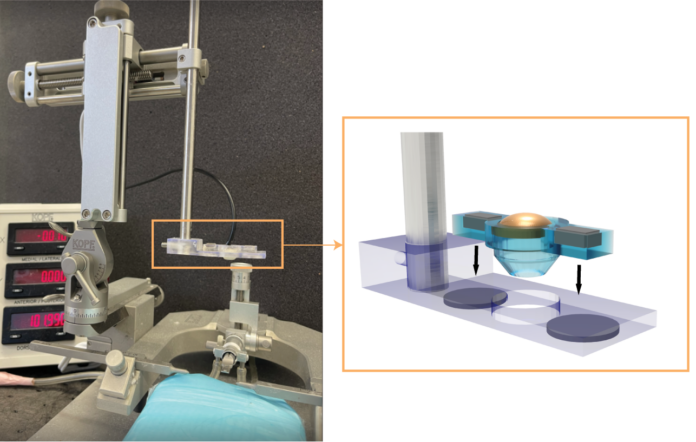Researchers and clinicians are using focused ultrasound in combination with microtubules to open the blood-brain barrier for non-invasive diagnostic techniques. Moreover, for delivering treatments for brain tumours and neurodegenerative diseases.
Hong Chen, along with her team has developed a low-cost and easy to use device, with high precision focused ultrasound. In addition, researchers can use it for preclinical research on small animal models.
Medical researchers created the FUS transducer in-house using a 3D printer and it cost $80 to fabricate. Moreover, users can integrate it with a stereotactic frame that is available commercially and precisely targets a mouse brain. The results are available online in the IEEE Transactions on Biomedical Engineering.
Benefits of the Device
Chen said that the device has several benefits, which includes achieving sub-millimetre targeting accuracy and having a drug delivery outcome that is tunable. Furthermore, the higher FUS transducers decrease the opening volume of BBB and improve the FUS-BBB precision opening for targeting the individual mouse brain structures.
She said,
“We showed that under the same pressure level, a higher-frequency FUS transducer achieved a small drug delivery volume, improving the spatial precision of BBB opening compared with what has been achieved with lower-frequency transducers.”
The team needed to connect the wires to the electrodes on the element for creating the transducer. However, the remaining they made the remaining parts on the 3D printer. In addition to a stereotactic frame that targeted the exact location of the brain. This feature removed the barrier of more widespread use of the FUS technique. The design is available on Github by her team.
“We expect this device could be manufactured by research groups without ultrasound background and used in various applications in preclinical research with minimal training needed.”
Drug Delivery Outcome
The team measured the BBB opening volume at different acoustic pressures using contrast-enhanced MRI. This allowed them to evaluate the drug delivery outcome by using a drug model. The device showed to be very safe; it also showed a microhemorrhage in two mice while testing the highest acoustic pressure. Furthermore, the other groups saw no tissue damage.




